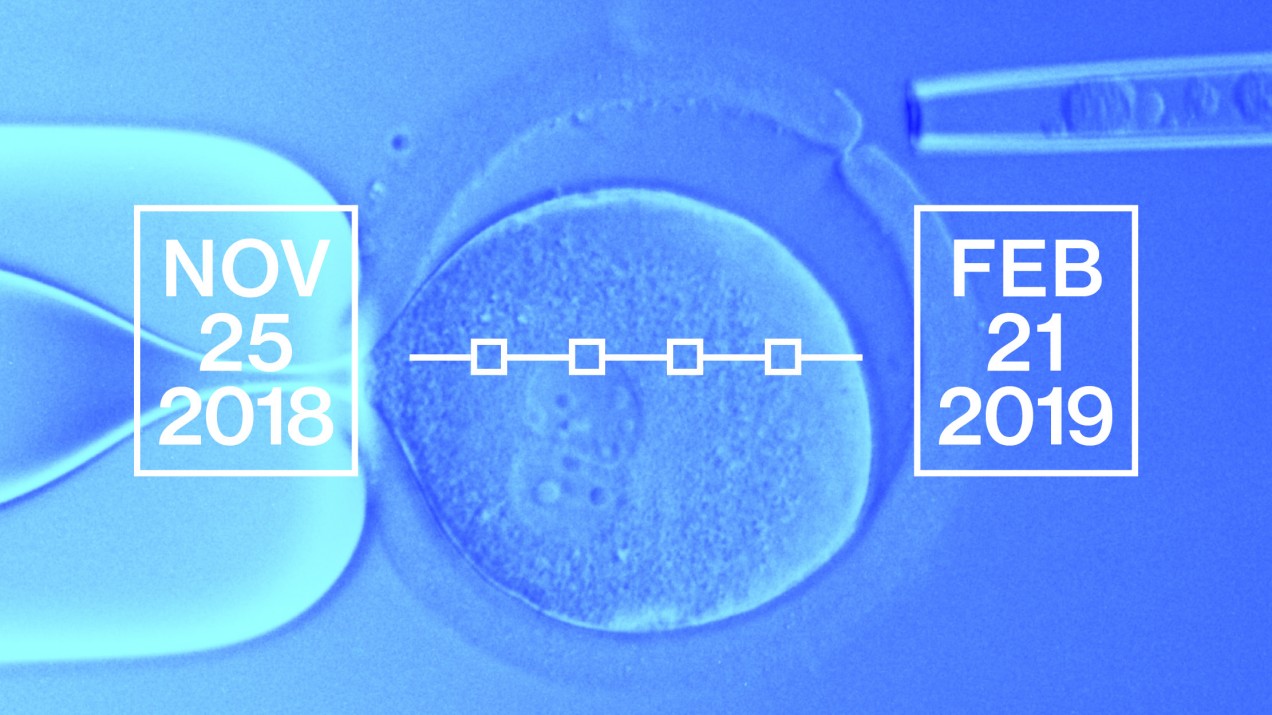

Biotechnology
China’s CRISPR twins: A time line of news
It’s been three months since news broke that twin girls had been genetically modified using CRISPR. There’s a lot to catch up on.

A lot’s happened in the three months since news broke that Chinese scientist He Jiankui had used CRISPR technology to create gene-edited babies. This time line captures the big moments—in case you missed anything, or just want a recap.
November 25, 2018: The bombshell: a team led by He at the Southern University of Science and Technology, in Shenzhen, has been recruiting couples to create the first gene-edited babies. Specifically, they planned to remove the gene CCR5, in the hope of rendering the offspring resistant to HIV, smallpox, and cholera. (Tech Review)
He claims to have altered embryos for seven couples, resulting in one successful pregnancy and subsequent birth of twin girls. (AP)
He posts videos to YouTube where he says that the girls, who he calls Lulu and Nana, had been born two weeks earlier. (YouTube)
November 26, 2018: The disclosures provoke an international outcry. Many scientists within the field condemn He’s actions (Nature), and Chinese authorities begin investigations of whether the experiment broke laws or regulations in China. (Tech Review)
Feng Zhang, one of the inventors of the CRISPR gene-editing technique, steps into the fray, calling for a global moratorium on the use of the technology to create gene-edited babies. (Tech Review)
Rice University in the US announces a “full investigation” into Professor Michael Deem, who had assisted He with his research. (AP)
November 28, 2018: He Jiankui defends his experiment at the International Human Genome Editing summit in Hong Kong, saying “I feel proud.” (STAT)
At the conference, He announces that a second gene-edited pregnancy is under way. (Tech Review)
November 29, 2018: Chinese authorities order He and his colleagues to immediately suspend their research activities, denouncing them as “extremely abominable in nature” and in violation of Chinese laws and science ethics. (Xinhua)
December 28, 2018: The New York Times reveals that He appears to be under house arrest in a university guesthouse in Shenzhen, guarded by a dozen unidentified men. (NYT)
January 18, 2019: Chinese state media agency Xinhua confirms the existence of the two gene-edited babies and says that He conducted the experiment for his own “fame and fortune.” Investigators say He set up the project, raised funds, and organized a team including “foreign personnel.” (Xinhua)
January 28, 2019: American Nobel Prize winner Craig Mello acknowledges he knew about the gene-edited babies while the pregnancy was under way. Mello had been a commercial advisor to one of He’s companies, Direct Genomics. (AP)
February 7, 2019: Stanford University announces it has launched an investigation into what several high-profile faculty members knew about He’s gene-editing work. (Tech Review)
February 20, 2019: Editors of The CRISPR Journal unilaterally retract a paper on the ethics of gene editing published by He in November. The paper had made no mention of the CRISPR babies. (GEN)
February 21, 2019: He’s attempt to delete the CCR5 gene could inadvertently have changed the girls’ brains in ways that affect cognition and memory, new research suggests. (Tech Review)
Advertisement